The Bandhani saree is a manifestation of the ‘tie and dye’ art form that produces beautiful, even circular designs on fabric. The term ‘bandhani’ is derived from the Sanskrit word ‘bandhana’ which means ‘to tie’.
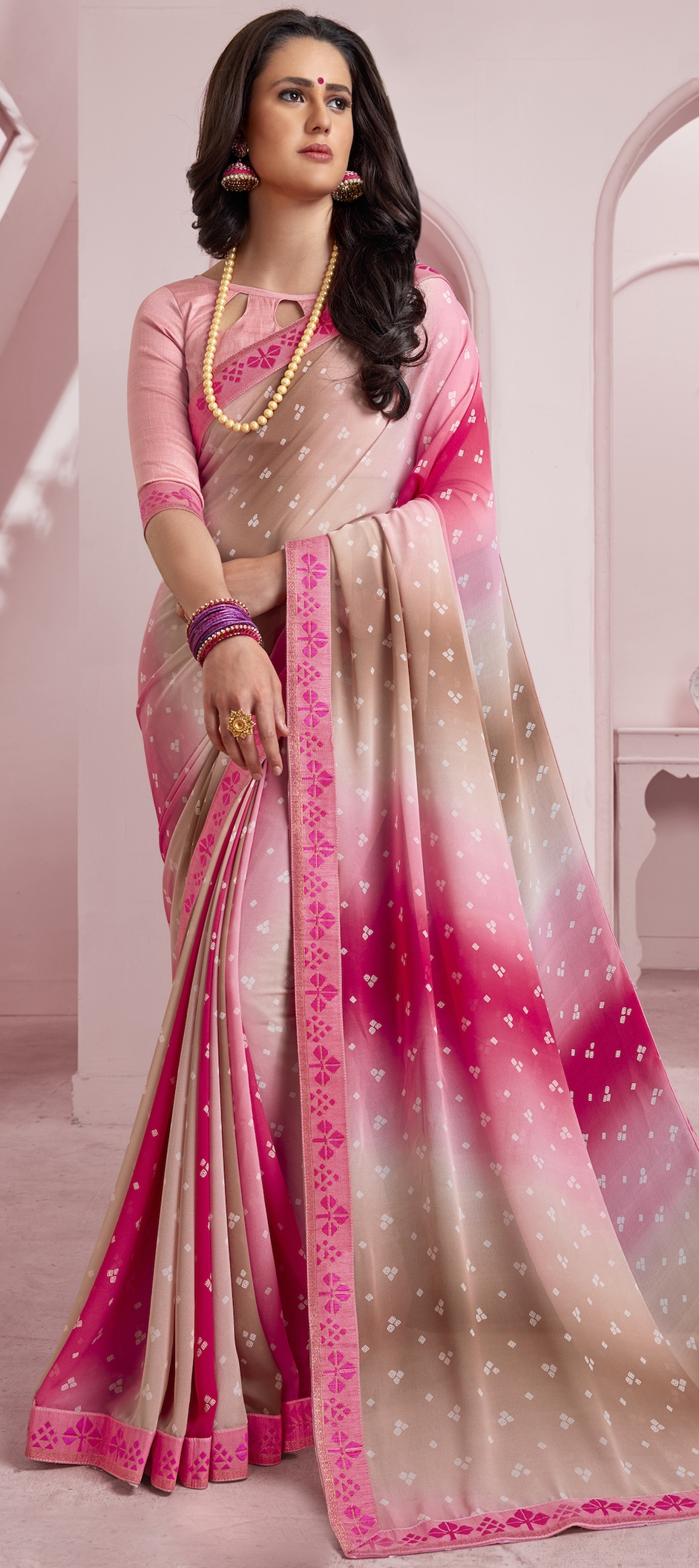
History of Bandhani
References to this ancient form have been found in the records of the Indus Valley Civilization which are dated at 4000 B.C. Many Buddhist paintings from the 6th have been found in the Ajanta Elora Caves which indicate Bandhani references. Even historical texts from the period of Alexander the Great make references to Bandhani.
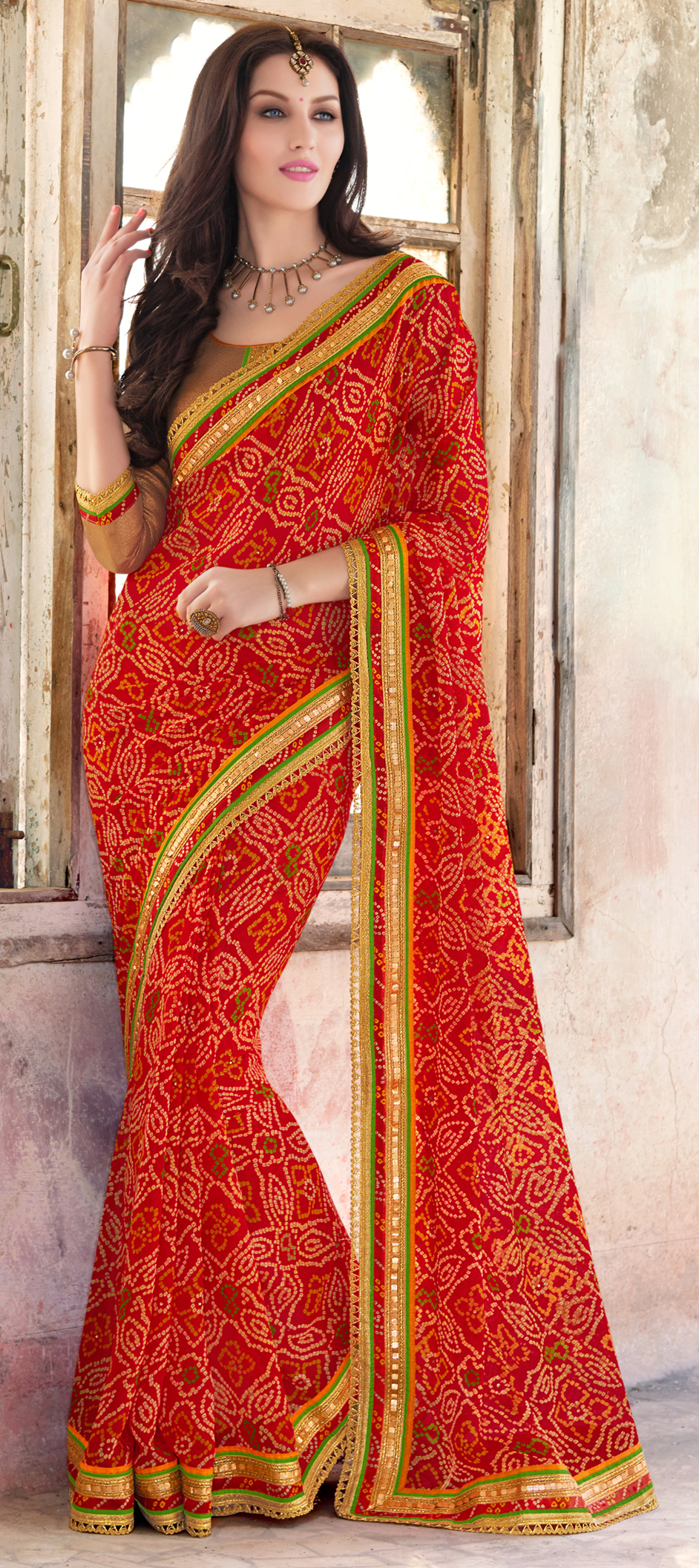
Production of Bandhani
This is an Indian handicraft carried out by talented Bandhani dyers, artisans and workers who have learned these valuable skills over generations from their own respective families. Many girls and women in various Bandhani centres perform the knotting of the fabric to create Bandhani patterns. Next, these circular designs are dyed, re-tied and re-dyed by men. Production of Bandhani is an important industry. Even though it is manufactured by hand on a small scale, the methods and techniques are laborious and time-consuming.
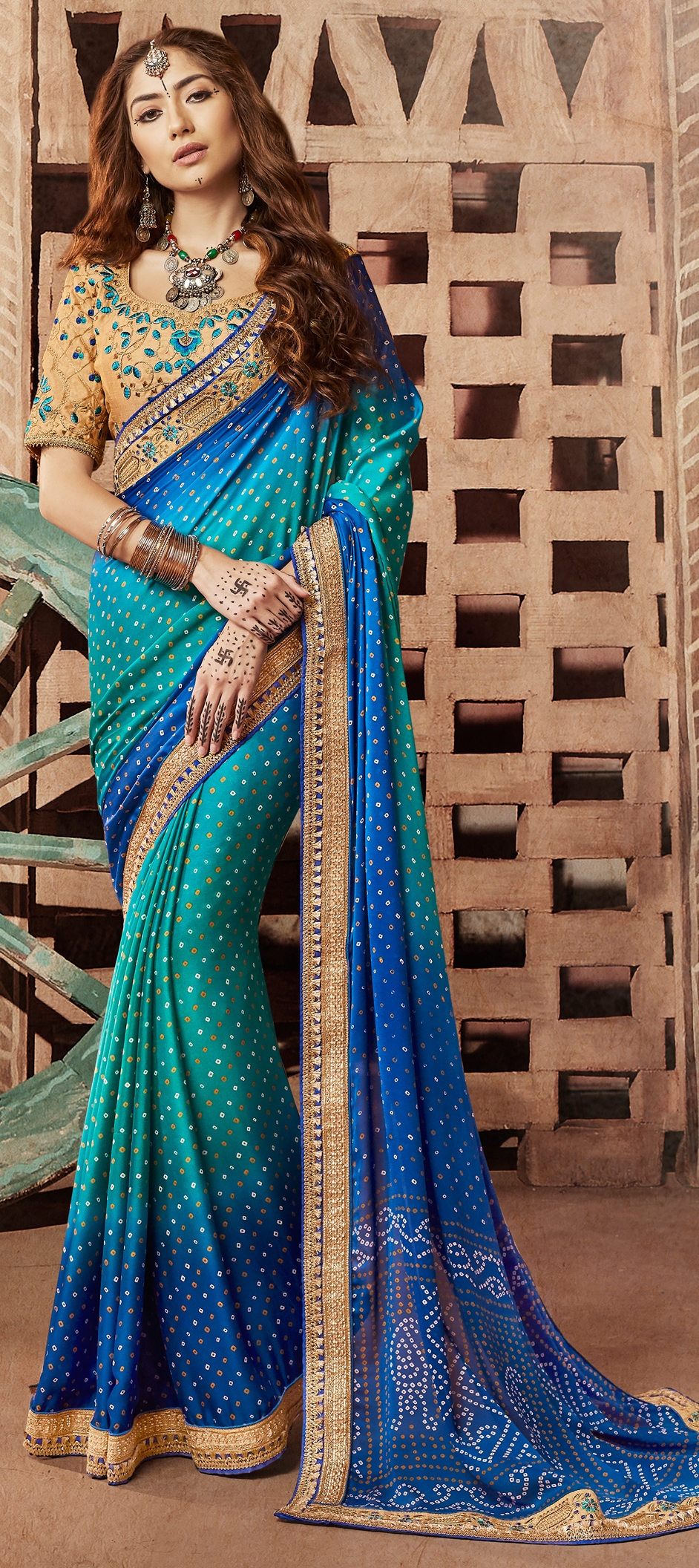
Location of Bandhani
The practice of creating Bandhani occurs mostly in the Western states of Rajasthan and Gujarat. The fine motifs and patterns that are characteristic of this art form are very popular. In fact, the finer the patterns the higher the price!
The practice of making fine Bandhani occurs in the Kutch belt of Gujarat, particularly in Mandvi. Families residing in Mandavi, Jamnagar, Bhuj and Anjar have been working in the Bandhani trade for many centuries. Kutchi Bandhan has a coarse texture whereas those produced in Porbander, Rajkot, Deesa, Ahmedabad and Morbi are finer. In Jamnagar, the fabric receives the dyeing treatment, especially in red shades. It is believed by these artisans that the mineral content in the water here lends an amazing brightness to the red fabric.
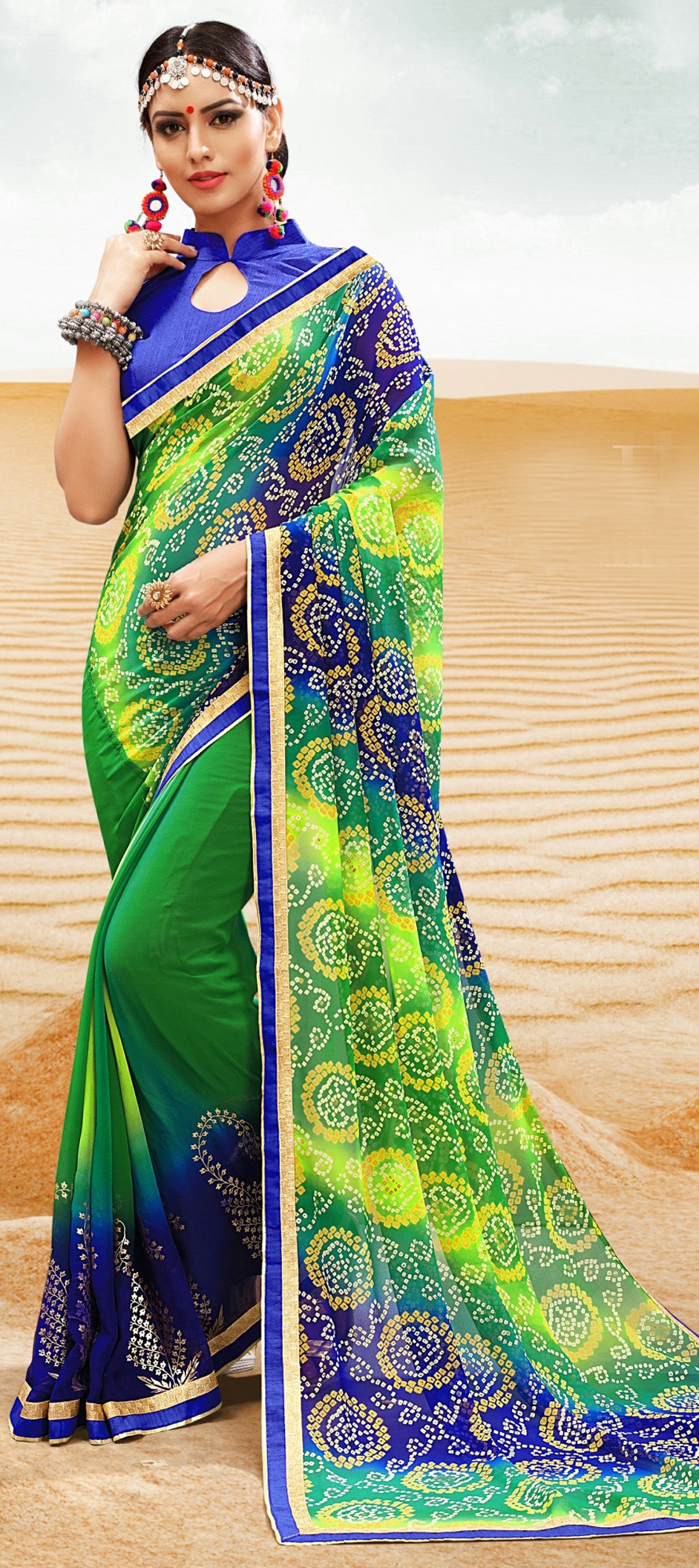
In Rajasthan, some of the finest Bandhani is produced in Bikaner and Sikar. Even a majority of the city of Jaipur produces Bandhani. Other cities in Rajasthan have included other art forms with their Bandhani such as leheriya, block printing and bagru.
Cultural Significance of Bandhani
Wearing Bandhani is considered favourable by people living in Gujarat and Rajasthan. Bandhani sarees are typically worn during auspicious occasions such as births, marriages, engagements, religious celebrations, etc. In fact, wearing a bridal lehenga choli or wedding saree featuring Bandhani is thought to bring good luck. In Gujarat, the bridal attire called Gharchola and Panetar display delicate Bandhani designs. In Rajasthan, Bandhani patterns can be seen on men’s turbans and is often indicative of the person’s caste or community.
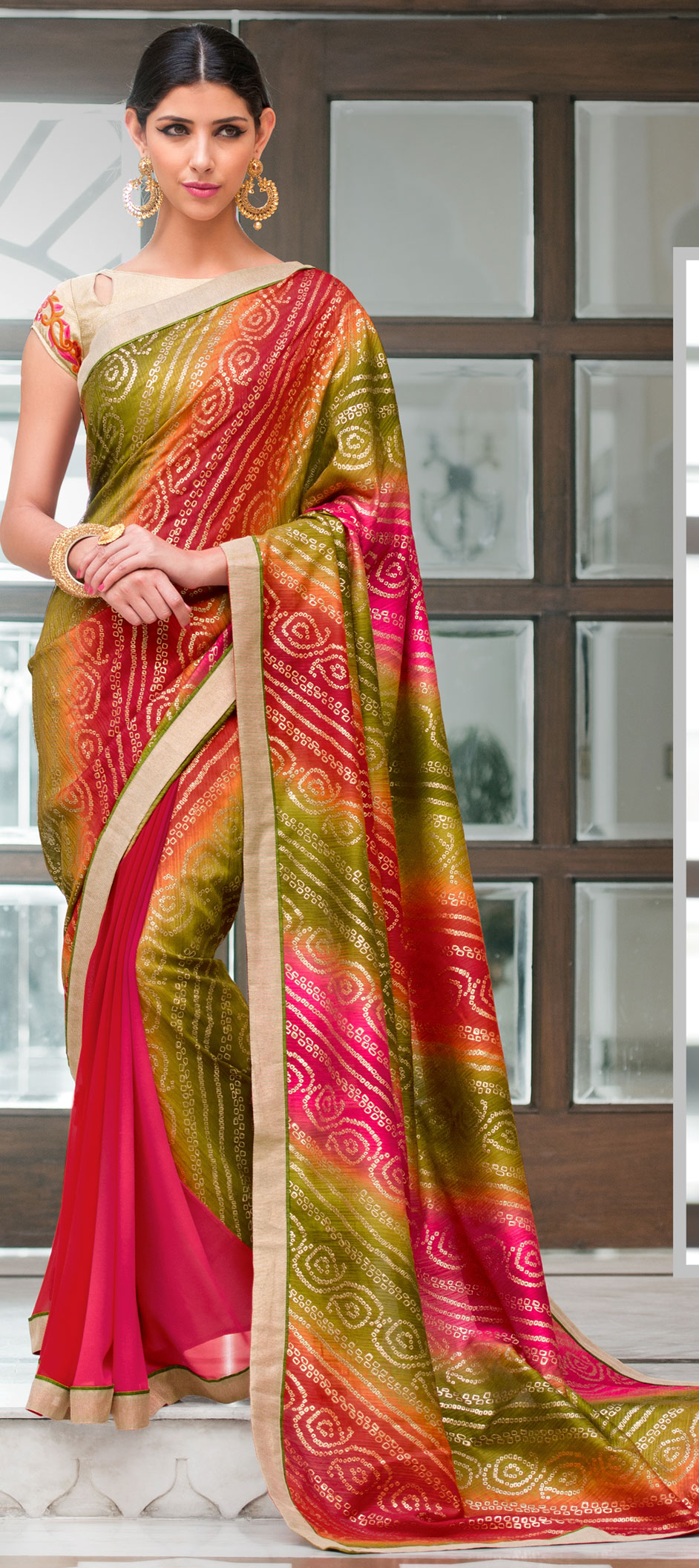
Bandhani colours depict life stages. Wearing red represents marriage whereas yellow Bandhani is a symbol of motherhood. Green Bandhani conveys fertility.
Other Uses of Bandhani
Apart from being used to make sarees, the eye-catching circular designs are often used to make dress materials, ghagras, shawls, dupattas, turbans, Western inspired clothing and even curtains, upholstery and bed linens.
To shop for your beautiful Bandhani saree, visit Indian Wedding Saree.














.png)



